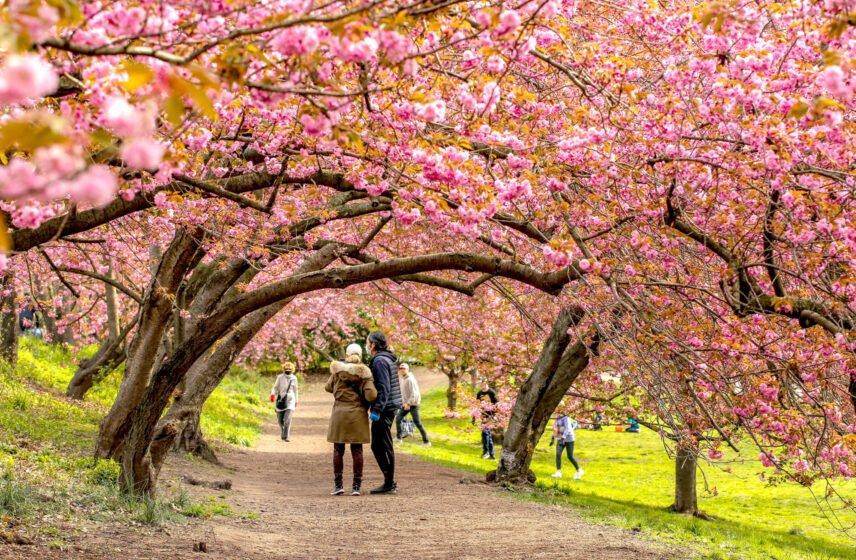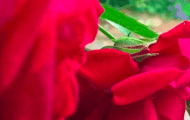
c/o Central Park Conservancy
New Yorkers can likely all agree that Central Park is a sight to behold 365 days of the year, but it’s particularly majestic once spring arrives. Although temperatures still remain somewhat chilly, the season is starting early — for the park’s beloved cherry blossoms, at least.
Advertisement
Year after year, folks flock uptown to take in the beautiful buds in all their pink glory, and the Central Park Conservancy has made it easier than ever to scope them out. Yesterday, the non-profit organization that maintains the world’s most famous park debuted an interactive cherry blossom tracker which lays out exactly where you need to stop on your stroll to encounter the flourishing florals.
“Ranging from deep magenta to pale pink to crisp white, Central Park’s cherry trees are a must-see in spring,” the Conservancy stated — and while five out of six key areas of the park remain in a pre-peak phase, the west side of the Reservoir (located mid-park from 86th to 96th streets) is already in full bloom. There, you will see deeply hued flowers on early-blooming Okames, as well as stunning Kwanzan cherry trees decked out with double-petaled pink flowers (the latter have yet to enter their peak).
Other prime spots to visit are the east side of the Reservoir for whitish-pink Yoshino cherry trees (mid-park from 86th to 96th streets), the Great Lawn for a jaw-dropping collection of Higan cherry trees (mid-park at 79th to 85th streets), Cherry Hill for delicate Yoshino cherries (mid-park at 72nd Street), Pilgrim Hill for towering Yoshino blooms (east side at 73rd street) and Sheep Meadow for Higan cherries which will be in full bloom soon (west side at 66th to 69th streets).
In other news, the Central Park Conservancy recently released a survey to improve safety and mobility conditions on the popular drives which run throughout the park.



Whether you plan to meet a friend for a walk through the park, bicycling, or out for a run, please remember to pack some peanuts and throw them down to the squirrels you encounter! There are simply not enough nut-bearing trees in the park to feed them all sufficiently. I was horrified to learn that NYC squirrels do not hibernate because they simply never have enough to feed on during the summer and fall before winter to be able to build up enough body fat to be able to hibernate. Then there’s the rat poison that always a lure. Since the hawks and owls that live on the squirrels they find, better that the squirrels be eating peanuts. But we have to remember to provide them otherwise often it’s the squirrels that retain the poison in them (if it doesn’t kill them first) that then poisons and kills the feathered predators. We’re all connected and we can do something so small that will have such big results. So, yes, always remember to have a bag of peanuts handy when you enter the park and you will find plenty of hungry friends along your path. It’s best if you break a piece of the shell off of the peanut because the squirrel will more likely not eat it rather than run off and bury it — wildlife experts report that as much as 90% of time, squirrels cannot locate the nuts they buried so those nuts are just wasted…..except for that one buried acorn out of maybe 200 that becomes an oak tree. Instinct tells them that a “damaged” peanut is not worth being buried so they typically eat what you give them right then and there.
Nature thanks you.
There is a typo; my bad. The sentence should read: It’s best if you break a piece of the peanut shell off because the squirrel will more likely eat it rather than run off and bury it
Typo? Nah, do us all a favor and delete the entire post. You shouldn’t feed animals of any kind in Central Park. The squirrels are doing just fine, thank you very much, and don’t need your “help”. And the rats certainly don’t need any more sustenance in making them any larger and aggressive than they already are.
Besides being completely off topic, your post is in correct. Eastern grey squirrels are tree squirrels and don’t hibernate even when they have abundant sources in the fall. Only ground squirrels do…